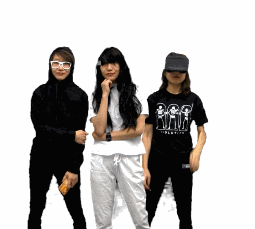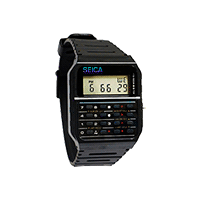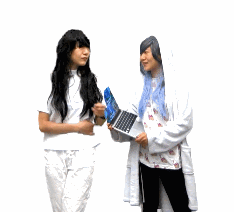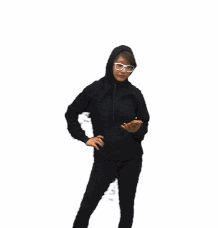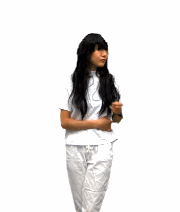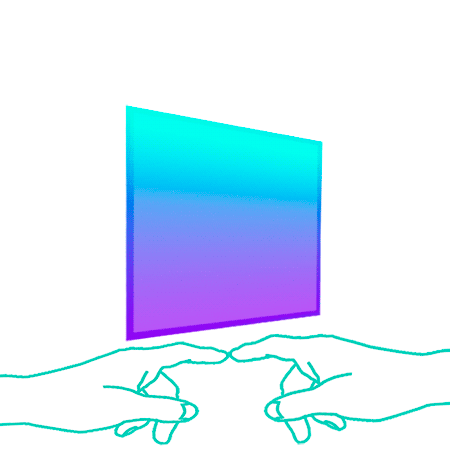SEICA Prototype Lab
SEICA Prototype Lab
Laura Palmer, Laura 011, Laura Attalovelace (Left to Right)
Laura Palmer, Laura 011, Laura Attalovelace (Left to Right)
PROTOTYPE VISION
Adhering to the Goldilocks Principle, prototypes re-evaluate human-(tech)-human interaction and assist in building meaningful relationships
Adhering to the Goldilocks Principle, prototypes re-evaluate human-(tech)-human interaction and assist in building meaningful relationships
SEICA Prototype Lab implements the Intermediary Interface Research Lab (IIRL)'s Human Interaction Management: A Proposal and develops a series of Companion Artefact robot prototypes. Instead of applying hierarchical owner-owned relationship design principles as in creating virtual pets, the lab designs prototypes as intermediary interfaces that not only provide companionship but also help humans consciously engage in building meaningful relationships with each other.
Companion Artefacts materialize and manifest the ever-evolving relationships we have with our own bodies and others in relation to networked electronic devices. Oddly reminiscent of commercially available social robots and synthetic creatures including Furby, Aibo, Paro, Jibo, Tapia, Kibiro, Tamagotchis, the prototypes (re)present how everyday digital technology is changing the way we think, feel and interact with each other.
Author Sue Thomas suggests we maintain a balance in a screen-driven world and that it is not about giving up technology, it’s about opening up our lives. Pioneering artist and humanist Nam June Paik in 1971 envisioned a future where people can create their own art and send it to their friends through video-telephone lines and elevate their mood by watching or attaching certain medical electronic gadgets and control their own brainwaves in order to achieve an instant Nirvana. By prototyping speculative consumer social robots, we prototype possible futures that will require alternative technologies to feel connected and comfortably human.
Author Sue Thomas suggests we maintain a balance in a screen-driven world and that it is not about giving up technology, it’s about opening up our lives. Pioneering artist and humanist Nam June Paik in 1971 envisioned a future where people can create their own art and send it to their friends through video-telephone lines and elevate their mood by watching or attaching certain medical electronic gadgets and control their own brainwaves in order to achieve an instant Nirvana. By prototyping speculative consumer social robots, we prototype possible futures that will require alternative technologies to feel connected and comfortably human.
SEICA Prototype Lab focuses on three types of Companion Artefacts that cater to the specific needs based on various stages of the human life cycle:
Playbots
Companion Artefacts for digital native infants and children that function as learning tools for adjusting to a physical world that is heavily driven by digital content
Emobots
Companion Artefacts for stressed adolescents and adults that function as emotional support to decrease social isolation and anxiety
Therabots
Companion Artefacts for senior millennials and digital natives that function as therapeutic embodiments of comfort
Playbots
Companion Artefacts for digital native infants and children that function as learning tools for adjusting to a physical world that is heavily driven by digital content
Emobots
Companion Artefacts for stressed adolescents and adults that function as emotional support to decrease social isolation and anxiety
Therabots
Companion Artefacts for senior millennials and digital natives that function as therapeutic embodiments of comfort
Prototype Team
Laura 0110110001100001011101010111001001100001, SEICA Chief Engineer
|
Laura Attalovelace, SEICA Prototype Engineering Manager
|
Laura Palmer, SEICA Prototype Producer
|
Prototype Share

Online Companion Artefacts prototypes are digitally available in open source form for download
Attribution-ShareAlike 4.0 International (CC BY-SA 4.0) |

